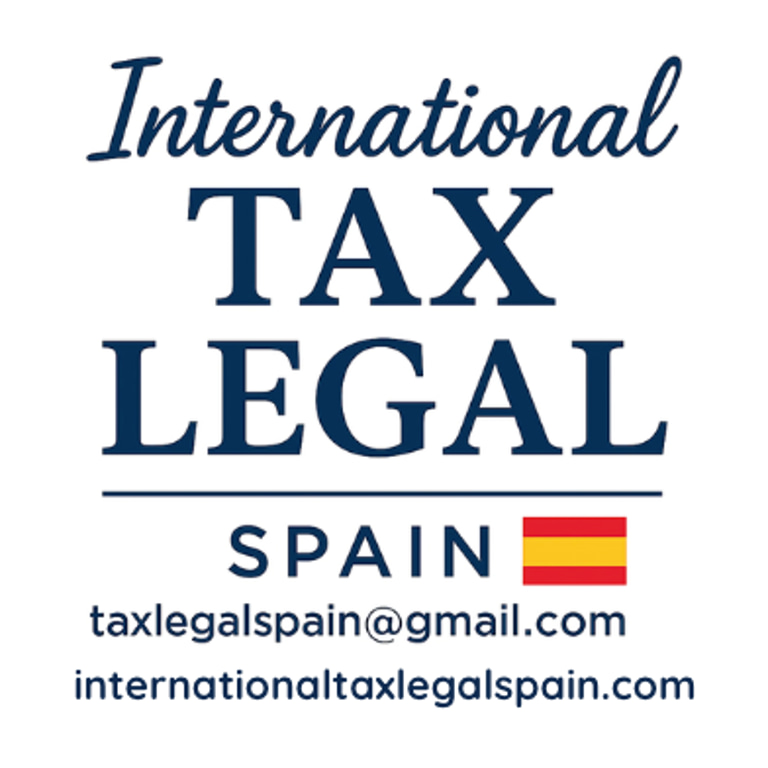The 3% Withholding on Non-Resident Property Sales in Spain: Timing, Math, and Refunds
Selling Spanish real estate as a non-resident? Understand the 3% buyer withholding, how it interacts with your final capital gains tax, deadlines, and the refund process—explained by a tax lawyer in Spain.
Jacob Salama
9/24/20252 min read


Non-resident sellers of Spanish property face a mandatory 3% withholding retained by the buyer and paid to the Spanish Tax Agency. Think of this as an advance payment against your final capital gains tax—not the tax itself. As a tax lawyer in Spain, I’ll break down the workflow, cash-flow impact, common pitfalls, and the optimal evidence pack for non residents.
Who withholds and when
Buyer obligation: On completion day, the buyer must retain 3% of the gross sale price and pay it to the Tax Agency within the statutory period, using the buyer’s model.
Certificate: The buyer provides the withholding certificate—your proof that the 3% was duly paid. Without this, your refund claim becomes more complex.
Your follow-up: Form 210 regularisation
After completion (and the buyer’s payment window), you—the non-resident seller—file Form 210 to compute your actual capital gain or loss and claim a refund where the 3% exceeds your final tax. Missing this step leaves money on the table.
Calculating the gain (what counts)
Your taxable gain is sale proceeds (net of seller’s costs like agent fees attributable to you) minus acquisition price plus directly attributable costs and documented improvements (purchase taxes, notary/registry fees, refurbishment invoices that add value). Keep the original invoices—Spain prizes documentary evidence.
Example
Sale price: €420,000 → 3% withheld: €12,600.
Acquisition cost + improvements & costs: €360,000.
Taxable gain: €60,000 (subject to the applicable non-resident rate).
If your computed tax is €8,000, you should recover €12,600 − €8,000 = €4,600 via Form 210.
Timing & cash flow
Map timelines early to avoid pressure. The buyer’s 3% remittance window comes first; then your Form 210 refund claim follows. Processing times vary; strong documentation speeds things up. If you sold at a loss, your refund is often substantial.
Frequent issues (and fixes)
Buyer non-compliance: If the buyer fails to pay the 3%, escalate immediately via your conveyancing team; attach alternative proof of payment attempts and contractual clauses.
Weak evidence: Missing improvement invoices increases your gain artificially—collect and label everything.
Mismatched names or IDs: Ensure your NIE/NIF, names, and deed details align across all documents.
Plusvalía confusion: The municipal plusvalía is separate—model both methods and handle it alongside, not inside, your Form 210 calculation.
Strategy tips from a tax advisor in Spain
Pre-close audit: Before signing, assemble your acquisition and improvement costs.
Allocation clarity: If selling multiple units or mixed-use property, allocate prices and costs clearly in the deed.
Joint owners: Each owner files their own Form 210 for their share.
Next time: Provide residence certificates to financial intermediaries where appropriate to optimise withholding on related investment income from the sale proceeds.
Want an end-to-end 3% refund handled by a tax lawyer in Spain for non residents? Book here: https://calendar.app.google/JVoXFG8h3eiu1eGu5
